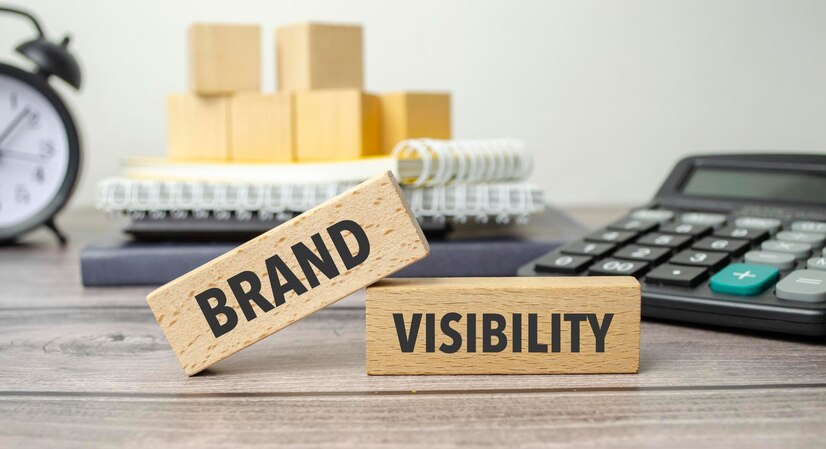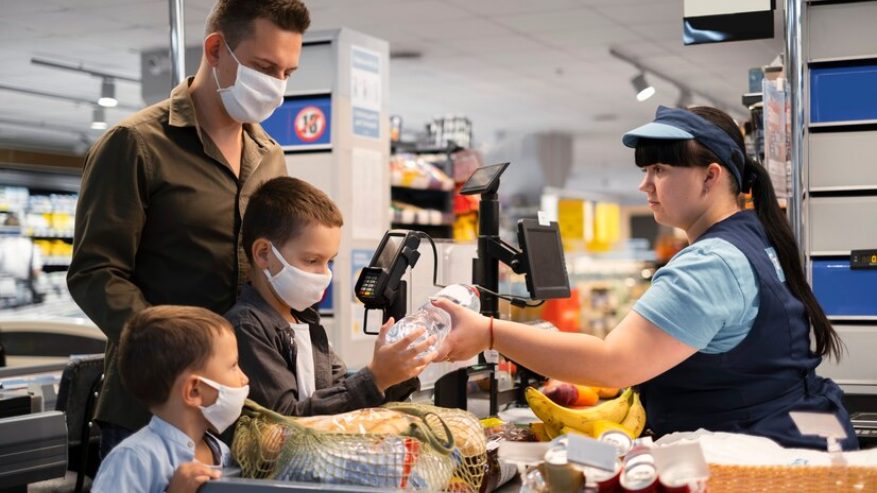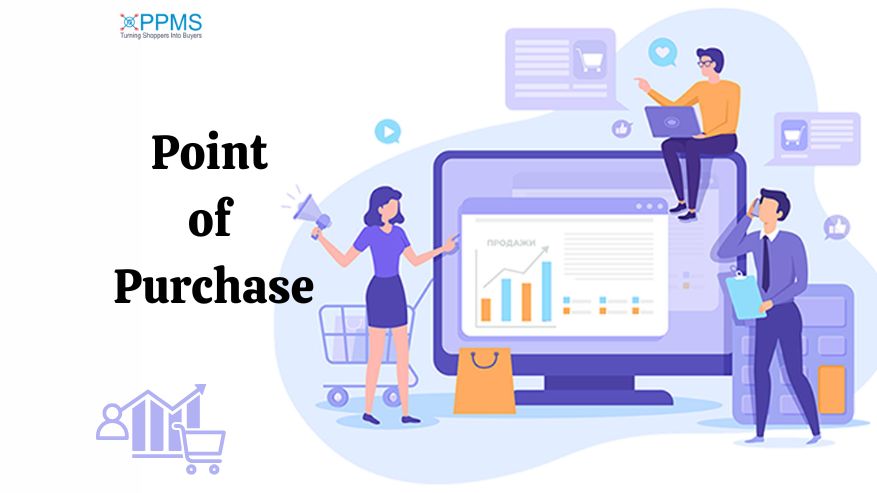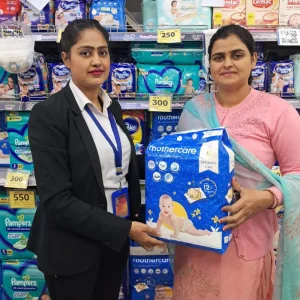In a competitive and crowded retail environment, where thousands of products compete for attention, brand visibility can make or break a purchase decision. Whether it’s a well-placed shelf display or a persuasive promoter at the point of sale, visibility plays a critical role in how consumers recognize, recall, and choose your brand over others.
But what does brand visibility really mean? And how can brands increase it in stores, especially in fast-moving retail categories like FMCG, personal care, and electronics?
In this blog, we’ll break down the brand visibility meaning, explore its importance in retail, and offer five proven strategies to increase brand visibility effectively. Whether you’re a marketing leader, merchandiser, or brand manager, this guide will help you sharpen your retail execution game.
What Is Brand Visibility?
Defining Brand Visibility in Simple Terms
Brand visibility refers to how easily a customer can see, identify, and recall your brand in a competitive retail setting. It’s about being present consistently, strategically, and memorably where your audience is most likely to engage with your product.
Whether it’s on a store shelf, at an end cap display, or through a sampling demo, brand visibility ensures your brand is not just available, but noticed.
Brand Visibility vs. Brand Awareness
While they sound similar, brand visibility and brand awareness serve different purposes.
- Brand Visibility is physical—it’s about your brand’s presence and exposure across retail points.
- Brand Awareness is mental—it’s about how well your audience remembers and recognizes your brand when prompted.
A high level of visibility supports and strengthens awareness, but only if it’s executed correctly and consistently.
Why Brand Visibility Matters in Retail
The Retail Buyer’s Decision Journey
Most purchasing decisions, especially for consumer goods are made at the store. A well-executed display or a proactive promoter can influence last-minute buyer choices. That’s why brand visibility in retail is one of the most crucial levers to drive conversions.
Buyers Typically Follow This In-Store Decision Journey:
- Notice – First visual impact.
- Evaluate – Compare features, price, or promotions.
- Decide – Take the product to checkout.
Standing Out on Crowded Store Shelves
With so many competing brands, shelf space is prime real estate. Brands with better visual placement, bold packaging, and engaging activations stand out, while those poorly merchandised or hidden get ignored.
That’s why brand visibility in retail needs a strategy, not just presence.
Related Read : What is Brand Marketing?
5 Proven Ways to Increase Brand Visibility in Retail
1. Use Trained Sales Promoters at the Point of Sale
Sales Promoters Act as Direct Brand Ambassadors in Stores. They:
- Engage customers at the shelf
- Conduct product demos
- Resolve queries
- Upsell or recommend bundles
Trained promoters can increase brand visibility by drawing attention to your product while adding value to the buyer’s experience.
2. Enhance Visual Merchandising Execution
Your product’s placement on the shelf, the signage above it, and the branded display materials around it all impact visibility.
Effective Merchandising Includes:
- POP (Point of Purchase) Displays – Customized, branded stands or counters.
- Planogram Compliance – Ensuring products are placed where planned.
- End caps & Hot Zones – Placing products in high-traffic areas.
When executed well, visual merchandising boosts product recall and sales dramatically.
3. Conduct Retail Visibility Audits
How do you ensure your visibility strategy is actually working? Retail audits are the answer.
A Retail Visibility Audit Checks:
- Display presence and placement
- Shelf share compared to competitors
- POSM (Point-of-Sale Material) usage
Planogram and pricing compliance
Using mobile apps and real-time dashboards, brands can spot gaps and fix execution issues fast.
4. Improve Sales Process Management
A broken sales process can ruin the best promotional strategy. Efficient sales process management ensures:
- Route Planning – Promoters and merchandisers reach the right outlets.
- Timely Execution – Promotions start on time and stay active.
- KPI Tracking – Shelf stock levels, promoter hours, and execution timelines are monitored.
With better control comes better visibility.
5. Channel & Local Activation Strategies
To increase reach, brands must localize and diversify their campaigns.
Effective Strategies Include:
- Festival Branding – Diwali, Eid, Pongal themes to connect emotionally.
- Rural Outreach – Smaller towns need tailored communication and presence.
- Branding Kits – Ready-to-deploy materials for modern and general trade outlets.
These approaches ensure your brand is visible and relevant, not just present.
Common Mistakes That Hurt Brand Visibility
Even the best campaigns can fail due to poor execution. Watch out for these common pitfalls:
1. Inconsistent Branding Across Stores
Mismatched or outdated POSM, improper logo usage, or inconsistent pricing confuse consumers and dilute brand identity.
2. Poor Promoter Training or No Promoters
Promoters are the human touchpoint of your brand. Untrained staff or absence at the shelf can lead to lost sales and weak consumer engagement.
3. Ignoring Regional or Channel Specificity
What works in a metro supermarket may not work in a Tier-3 kirana store. Brands must adapt their messaging, materials, and activations accordingly.
Measuring Brand Visibility – Key KPIs & Tools
Key Metrics to Track
To Evaluate Visibility Efforts, Brands Can Measure:
- Share of Shelf – % of shelf space occupied vs competitors
- Planogram Compliance – Were products placed as planned?
- POSM Implementation Rate – Did stores actually use the branding materials?
- Promoter Activity Reports – Time spent, units sold, customer interactions
Tools and Technologies Used
Modern Field Teams Use:
- Mobile Reporting Apps – Real-time photo uploads, geo-tagging
- Retail Audit Dashboards – Visual KPI tracking across geographies
- AI & Image Recognition – Automated planogram compliance checks
These tools allow agile decision-making and ensure brand visibility is continuously optimized.
Read Also : 4 Ways to Put an End to Hard data for Your Brand’s Growth
Conclusion
Brand visibility is no longer a “nice to have”—it’s a critical factor that directly influences your in-store conversions and overall brand strength. From sales promoters to visual merchandising, and from retail audits to channel activations, every aspect contributes to how consumers see and perceive your brand.
In the battle for shelf space and shopper attention, visibility isn’t just about being there—it’s about being seen, remembered, and chosen.
Frequently Asked Questions
1. What is branding visibility?
Brand visibility is the degree to which a brand is noticed, recognized, and recalled by customers, especially in retail environments.
2. How do you promote brand visibility?
Use trained promoters, improve visual merchandising, run local activations, and audit retail performance consistently.
3. How do you measure brand visibility?
Track metrics like share of shelf, POSM usage, planogram compliance, and promoter performance through mobile tools and dashboards.
4. What is meant by brand visibility?
It refers to how prominently your brand is displayed and perceived in retail or digital spaces. It impacts how easily customers notice and recall your products.
5. What is visibility in retail?
In retail, visibility is about how well a product stands out on shelves, how easily it is found, and how effectively it attracts consumer attention.






